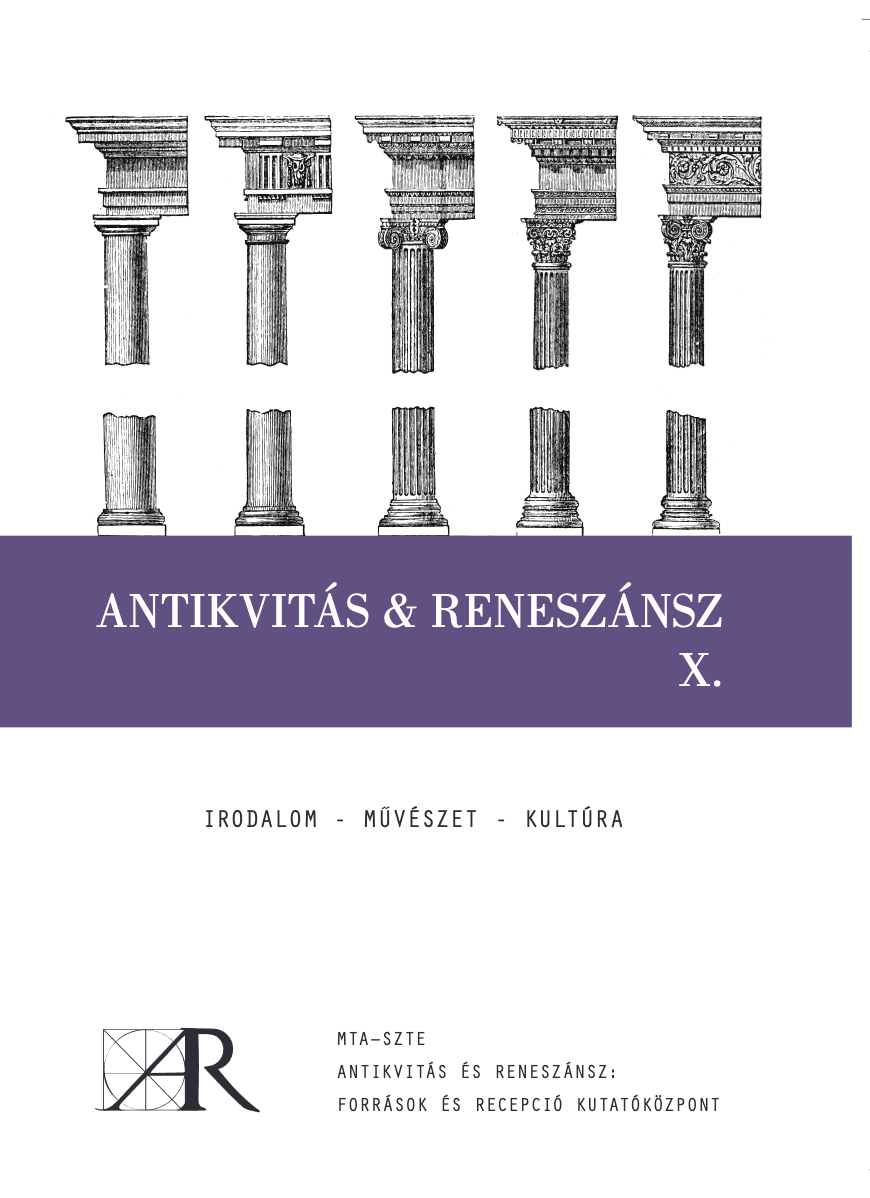In the Footsteps of Boccaccio? Tradition and innovation in the 16th-century mythography (I)
Main Article Content
Abstract
In his Genealogia deorum gentilium, Giovanni Boccaccio creates the genealogical trees of the antique gods and goddesses. The work is in the focus of research not only because of its unprecedented quality, but also because it became a source and inspiration for the 16th-century mythographers. In this article, which is intended as a starting point for my future research on the afterlife of the Boccaccian mythography, I will examine the mythographies of two authors who, in many ways, can be considered opposites: Lilio Gregorio Giraldi’s De deis gentium and Vincenzo Cartari’s Le imagini degli Dei degli Antichi. I focus on their approach to the Boccaccian work, and on the following questions: how trustworthily they follow him; where and in which aspects they doubt his pieces of information; and how they can reconcile their own aims and innovative ambitions with the tradition.
